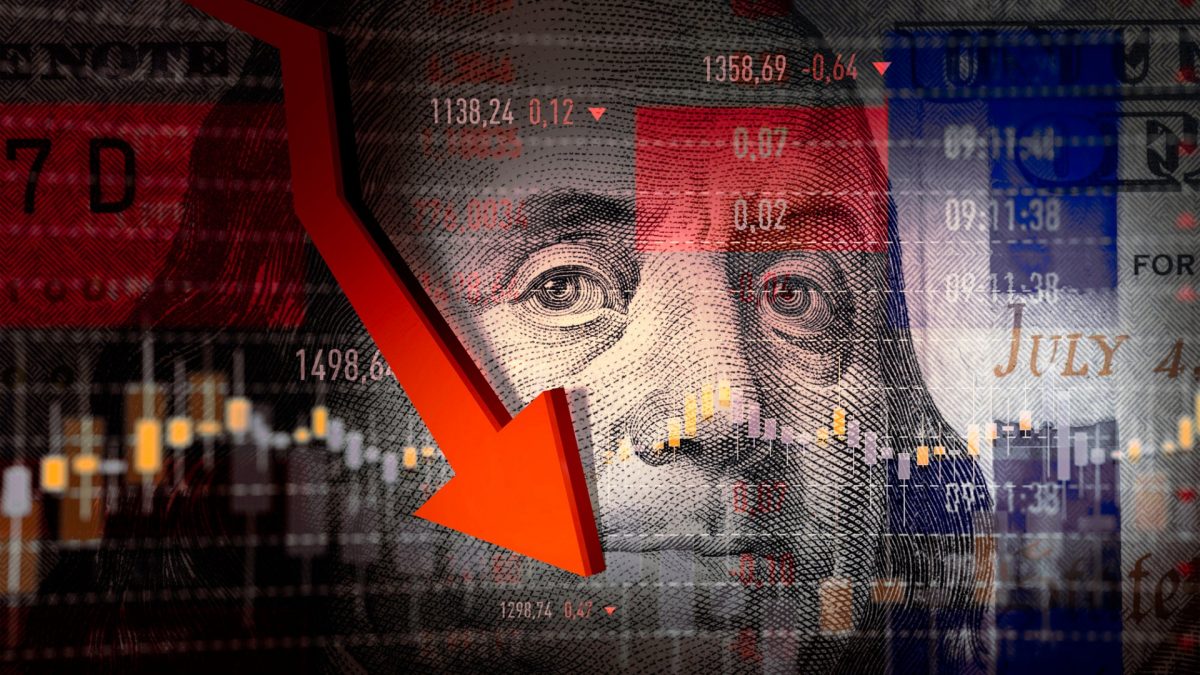Although current indicators show that stock valuations and investor enthusiasm haven’t yet reached the heights of the late 1990s, the similarities are hard to ignore, NVIDIA’s shares have skyrocketed nearly 4,300 per cent over a recent five-year period read more
)
During the dot-com era, investor sentiment was much more euphoric. Bullish sentiment in the American Association of Individual Investors survey, often considered a cautionary indicator at high levels, hit 75 per cent in January 2000, just months before. Image Credit: Pexels
The recent surge in US stocks, driven largely by excitement over artificial intelligence (AI), is reminiscent of the dot-com bubble from two decades ago, sparking fears that market prices may again be overinflated due to excessive optimism about a revolutionary technology.
The combination of AI enthusiasm, a resilient economy, and robust earnings has pushed the S&P 500 index to record highs this year, with a rise of over 50 per cent from its October 2022 low. Meanwhile, the tech-heavy Nasdaq Composite index has climbed more than 70 per cent since the end of 2022.
Although current indicators show that stock valuations and investor enthusiasm haven’t yet reached the heights of the late 1990s, the similarities are hard to ignore. Today, a small group of massive tech stocks, including AI chipmaker NVIDIA, dominate the market in a manner similar to the “Four Horsemen” of the late 1990s: Cisco, Dell, Microsoft, and Intel.
NVIDIA’s shares have skyrocketed nearly 4,300 per cent over a recent five-year period, recalling Cisco’s approximately 4,500 per cent surge in the years leading up to its peak in 2000.
While valuations have certainly increased, today’s tech leaders are generally in stronger financial positions than their counterparts from the dot-com era. Other indicators, such as investor bullishness, have also not yet reached the extreme levels seen at the turn of the century. Despite this, concerns remain that the AI-driven market boom could end in a similar fashion to the dot-com bust.
Following nearly fourfold gains over three years, the Nasdaq Composite plunged almost 80 per cent from its March 2000 peak to October 2002, while the S&P 500, which had doubled over a similar period, dropped nearly 50 per cent. Some internet stocks like Amazon survived and eventually thrived, but many others never recovered.
Sameer Samana, senior global market strategist at the Wells Fargo Investment Institute, highlights the uncertainty surrounding AI’s future, noting that no one can predict which companies will ultimately succeed. The information technology sector now accounts for 32 per cent of the S&P 500’s total market value, the largest proportion since it reached nearly 35 per cent in 2000. Just three companies—Microsoft, Apple, and NVIDIA — make up over 20 per cent of the index.
Despite their high valuations, today’s tech stocks are more modestly valued compared to the dot-com peak, trading at 31 times forward earnings compared to 48 times in 2000. NVIDIA, for instance, trades at 40 times forward earnings estimates, far below Cisco’s peak valuation of 131 times in March 2000. Analysts at Capital Economics point out that the current rally is more driven by solid earnings outlooks rather than inflated valuations, indicating stronger fundamentals this time around.
Forward earnings per share in sectors containing today’s market leaders—tech, communication services, and consumer discretionary — have been growing faster since early 2023 compared to the rest of the market. In contrast, during the late 1990s and early 2000s, expected earnings in these sectors grew at a similar pace to the rest of the market while their valuations soared faster.
Overall, the S&P 500’s price-to-earnings ratio of 21 is above its historical average but below the roughly 25 level reached in 1999 and 2000. Analysts from Capital Economics suggest that this tech bubble may not burst until the overall market valuation reaches levels similar to those seen in 2000.
During the dot-com era, investor sentiment was much more euphoric. Bullish sentiment in the American Association of Individual Investors survey, often considered a cautionary indicator at high levels, hit 75 per cent in January 2000, just months before the market peaked. Recently, it stood at 44.5 per cent, compared to its historical average of 37.5 per cent.
While an AI bubble is not guaranteed, many investors remain cautious that metrics could become even more stretched if US growth remains strong and tech stocks continue to rise. Mike O’Rourke, chief market strategist at JonesTrading, notes that bubbles are often rooted in genuine, positive developments that generate enthusiasm and drive people to pay high prices.

 2 months ago
84
2 months ago
84
)
)
)
)
)
)
)
)
)
)
)
)
)
)
)
)
)
)
)
)
)
)
)
)
 English (US) ·
English (US) ·